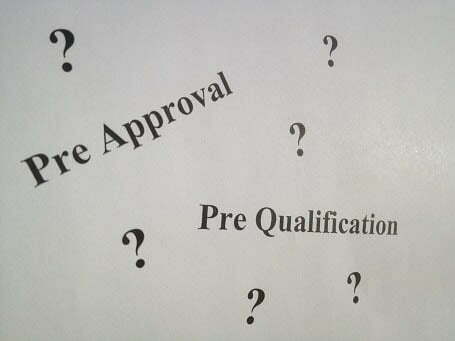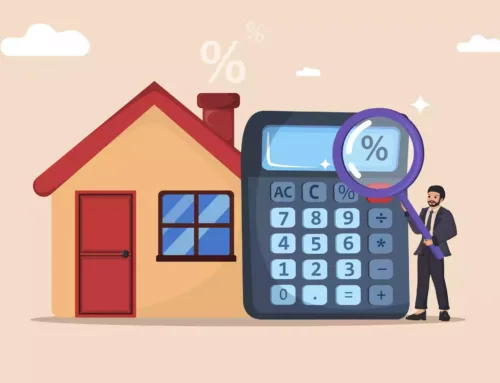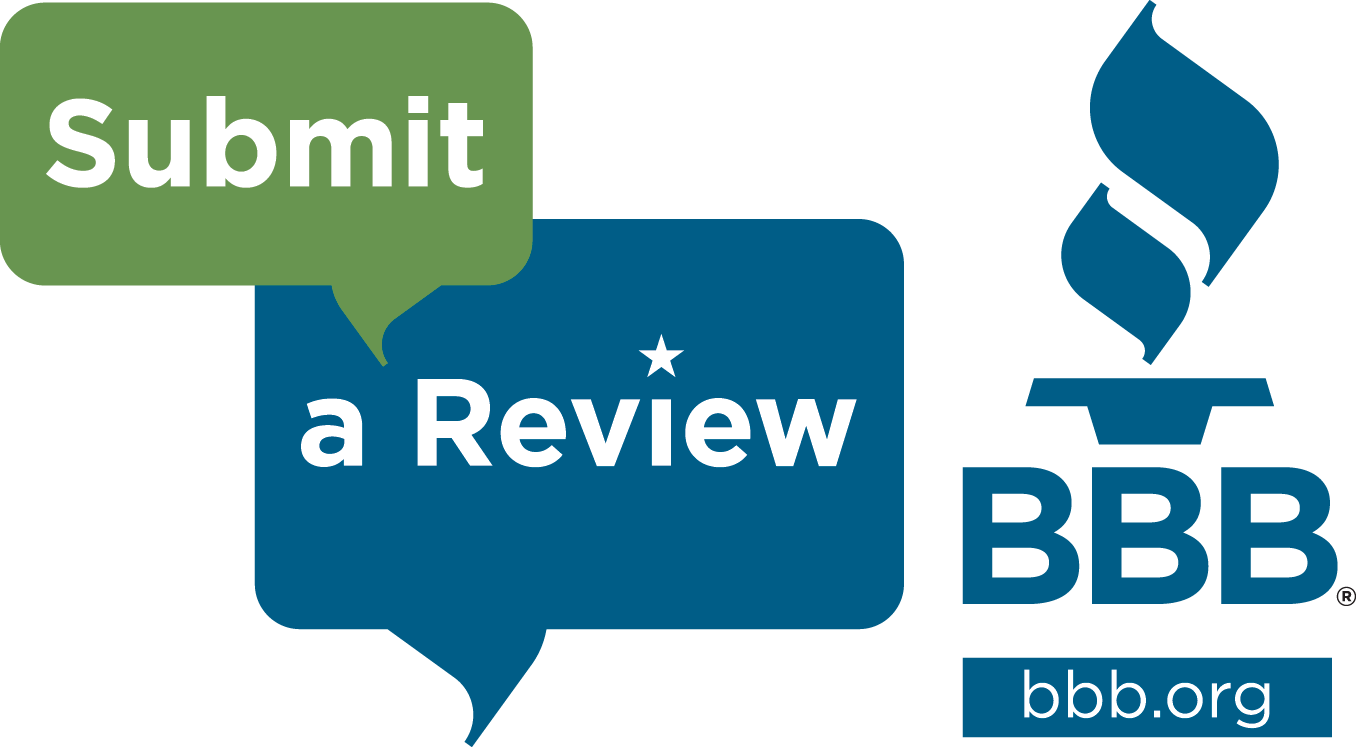Mortgage 101: Pre-Qualification Vs. Pre-Approval – What’s The difference?
 Applying for mortgage pre-qualification and pre-approval are important first steps in the home buying/financing process. So, to start off our Mortgage 101 series, we’ll bring you up to speed on how these terms differ and what they mean for borrowers.
Applying for mortgage pre-qualification and pre-approval are important first steps in the home buying/financing process. So, to start off our Mortgage 101 series, we’ll bring you up to speed on how these terms differ and what they mean for borrowers.
A mortgage pre-qualification is an estimate of how much the lender thinks you could be eligible to borrow, based on a review of your basic financial information. This can help you determine a price range for the homes you should be looking at. Pre-qualification does not guarantee you will get a loan. The lender is only showing you the loan amount that they believe you could be approved for if everything checks out.
Getting pre-approved is the next step. “Preapproval” means the lender has taken an in-depth look at your financial history and determined that you qualify for a mortgage of a specific amount. You will receive a conditional commitment in writing for an exact loan amount, which puts you in a stronger negotiation position because the seller knows you are capable of buying the house. These are examples of some of the information you will need to provide to your lender :
- Proof of employment
- Proof of income
- Tax documentation
- Place of residence
- Bank account statements
- Credit information
- Monthly expenses
Benefits of Pre-Qualification & Pre-Approval:
The advantage of getting pre-qualified is that you’ll know how much you can afford before you start looking for a home. This way you don’t waste time guessing or looking at properties that are out of your price range. Getting pre-approved enables you to move quickly through the financing process and can give you an advantage when dealing with sellers.













